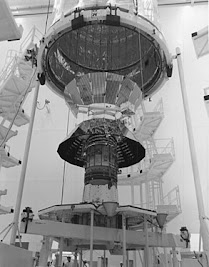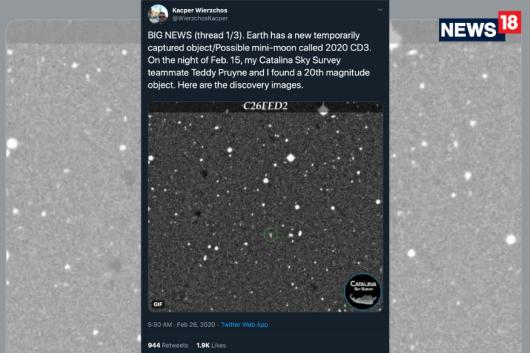History and Analysis:-
The magnetic clouds were first observed near the earth by the space craft in 1997.THe crew members mention it as a huge loop like or a cylindrical flux rope model .
I know its difficult to imagine what i said know so lets show you a theoretical image below
As I mention in title as magnetic cloud but this ain't a cloud formation on earth but rather in space because of corona mass ejection Okay now lets go to the history of finding its phenomenon and explain its existence ,so as I said that its was identified by a spacecraft crews in 1977, after that it was again identified by probes such as Halo 1 which are been used for studying the solar process
So the reason for this formation is that researchers theorist it may be due to CME but strange thing is that many CME are not seen as being associated with magnetic clouds
So these magnetic clouds have a high magnetic field magnitude and it expands gradually and this causes decrease in density accordingly
Characteristics :-
- The typical time for a magnetic cloud to move past a satellite at the L1 point is 1 day corresponding to a radius of 0.15 AU with a typical speed of 450 km/s (280 mi/s) and magnetic field strength of 20 nT.
L1- One of Lagrange points
Lagrange points - It is a five points stability existing between two celestial bodies
Example sun and earth
In these small areas the earths gravitational fields cancel out, this means the satellites could be kept in a relative halt, without need of any control thrusters
- One third of ejection represents magnetic clouds which are observed by satellites at earth
Causes:-
A magnetic storm occurred in the Earth's magnetosphere due to the passage of the strong southward fields in the early part of the magnetic cloud. The storm then typically lasts 24 to 48 hours, though some may last as long as days.

Magnetosphere :- A magnetosphere is the region around a planet dominated by the planet's magnetic field. Earth has the strongest one of all the rocky planets: Earth's magnetosphere is a vast, comet-shaped bubble, which has played a crucial role in our planet's habitability.
.
























